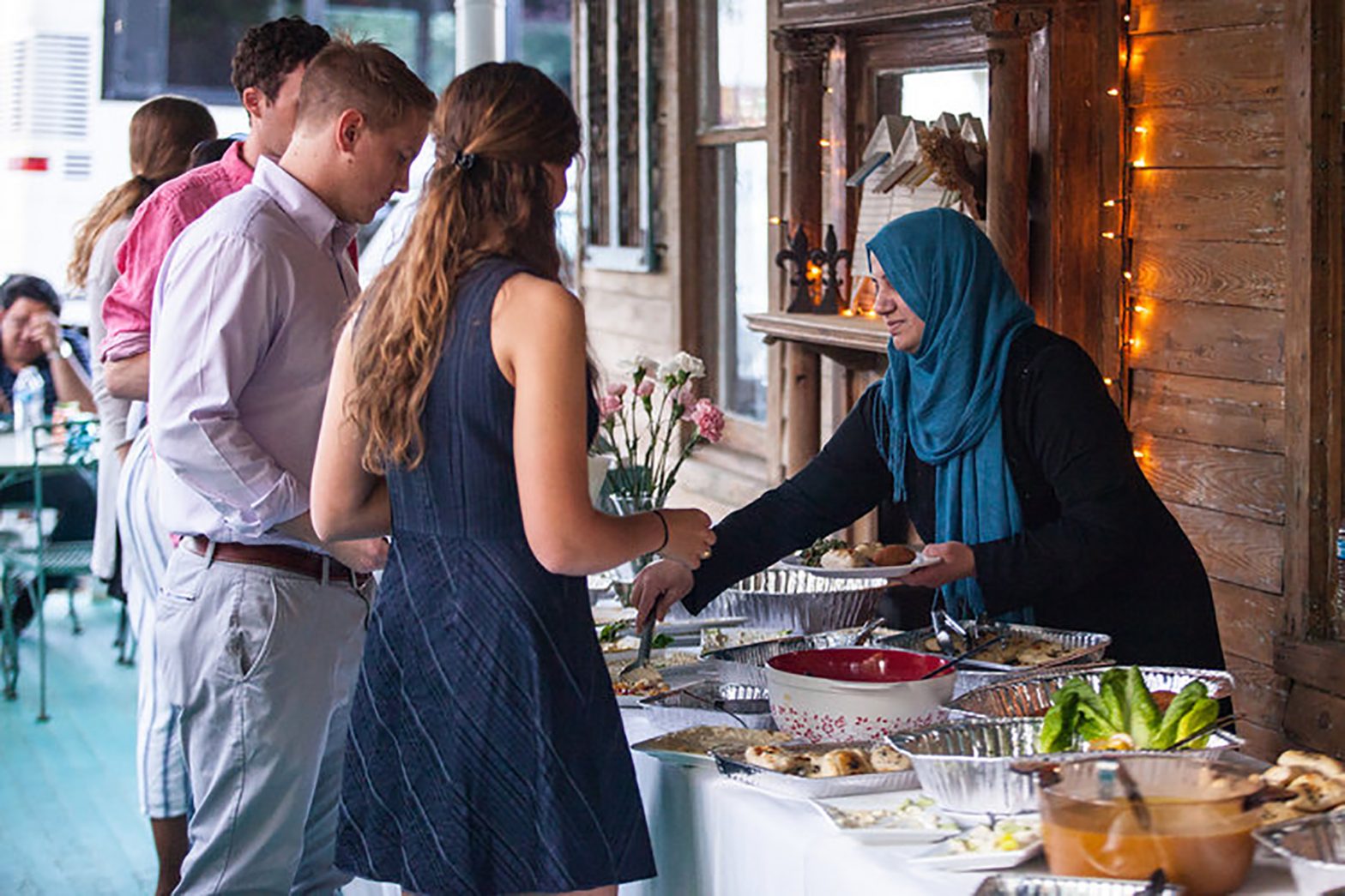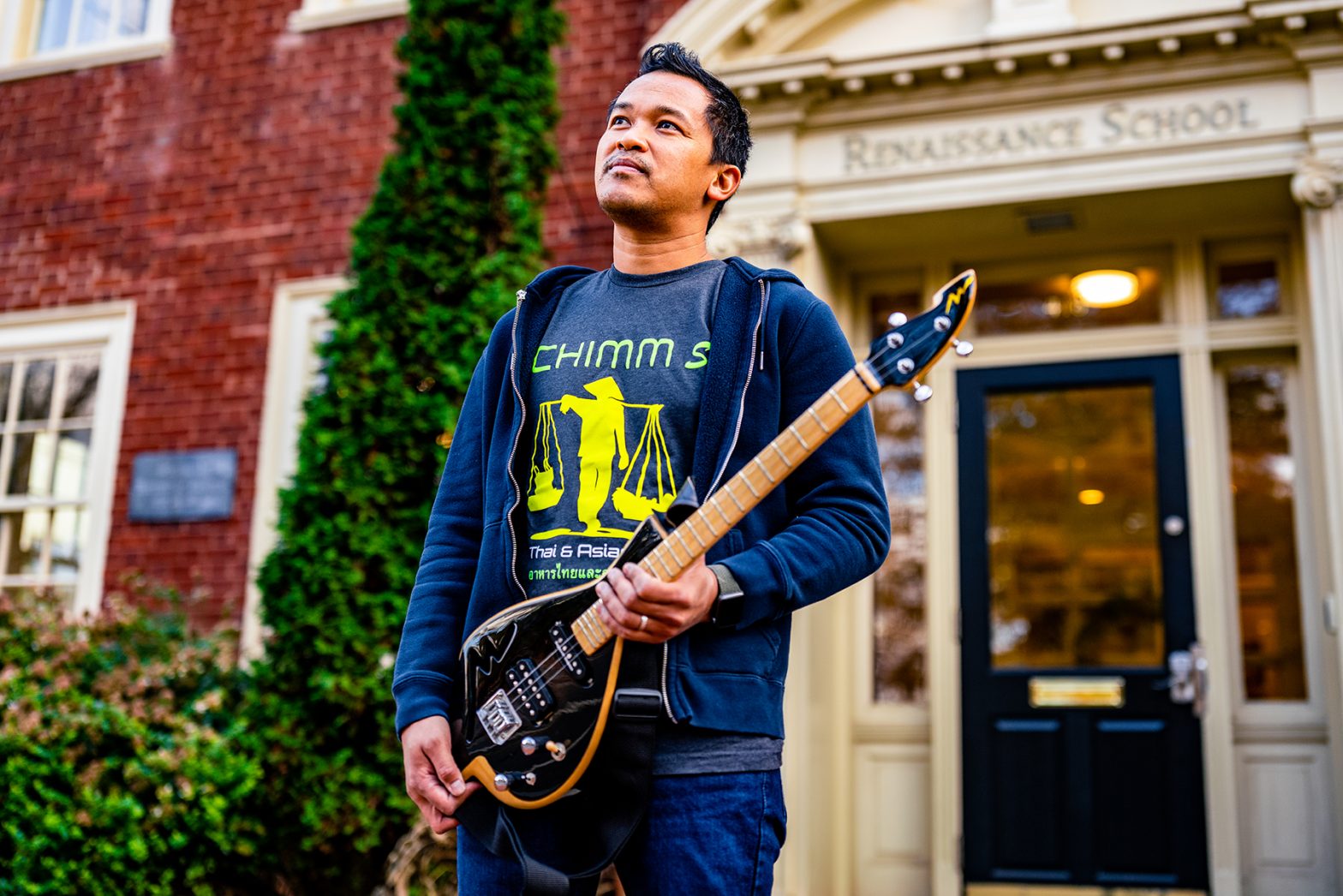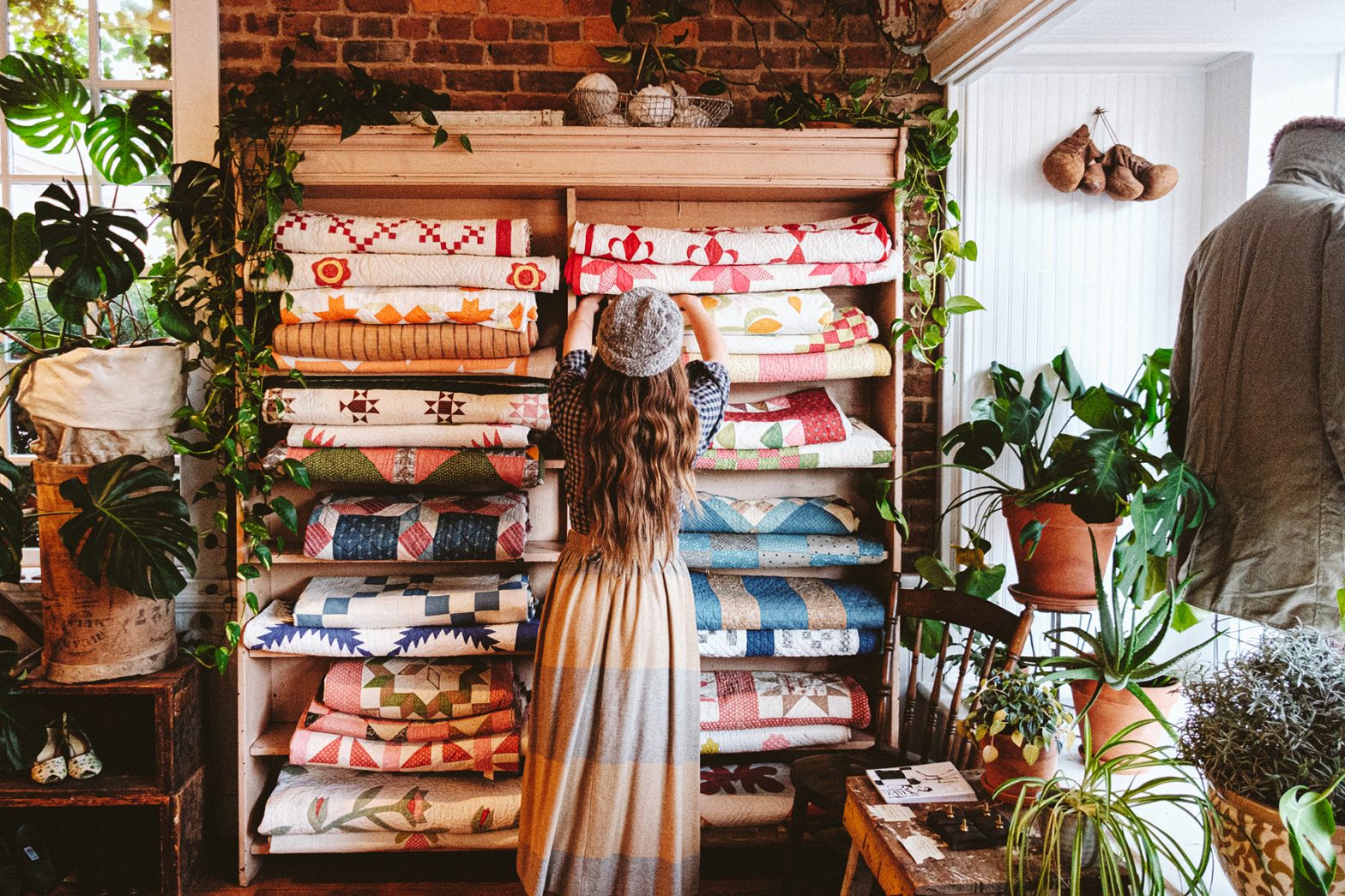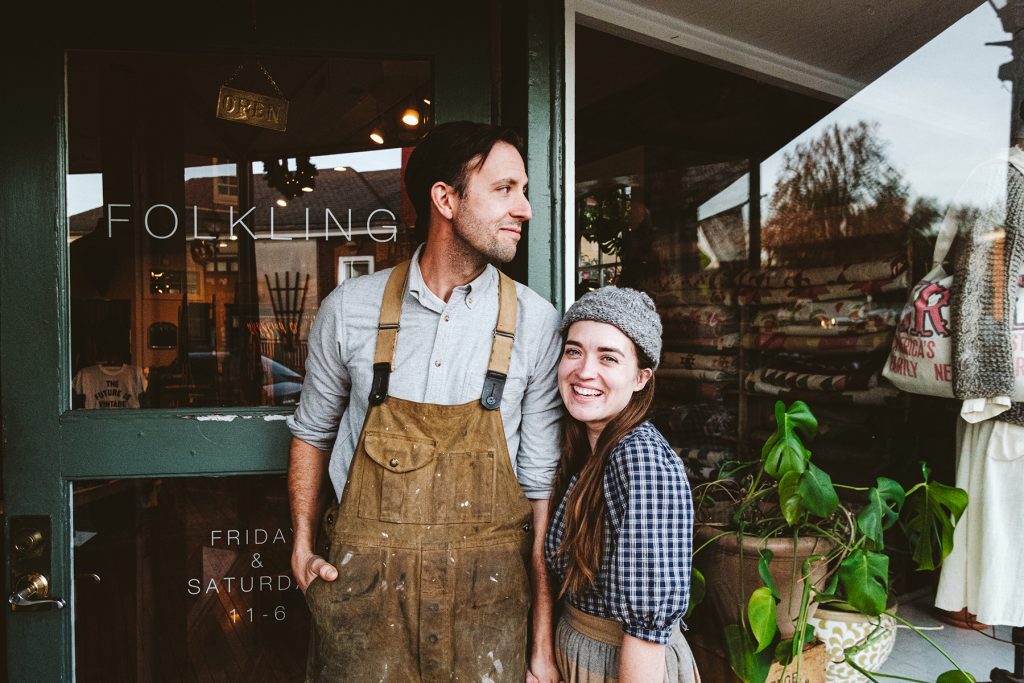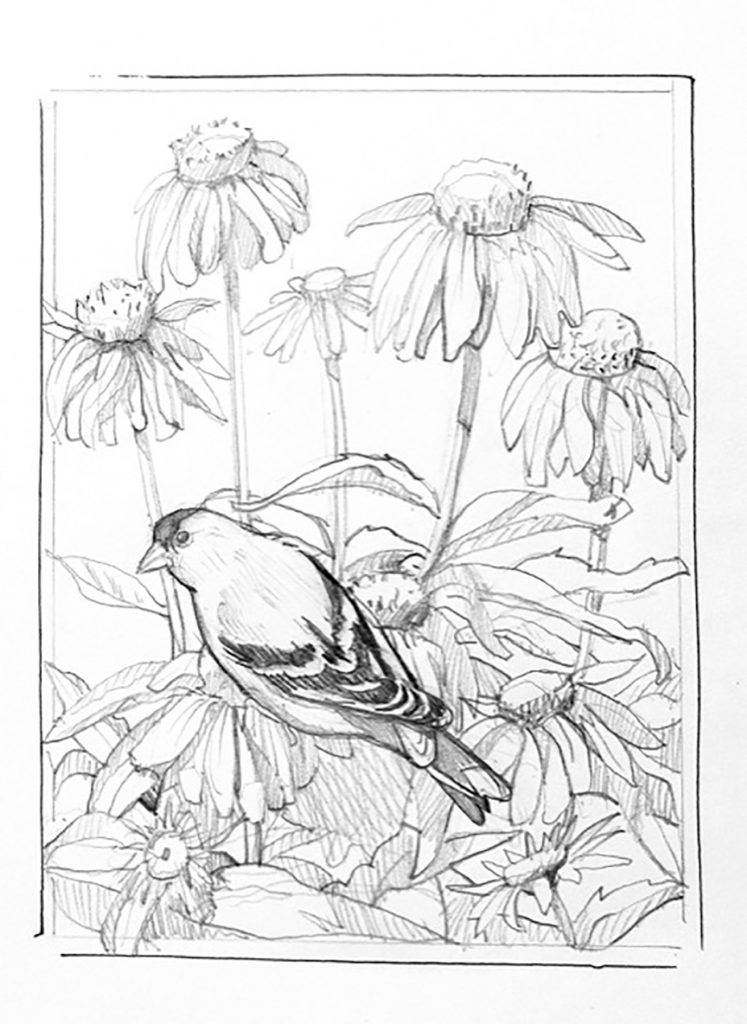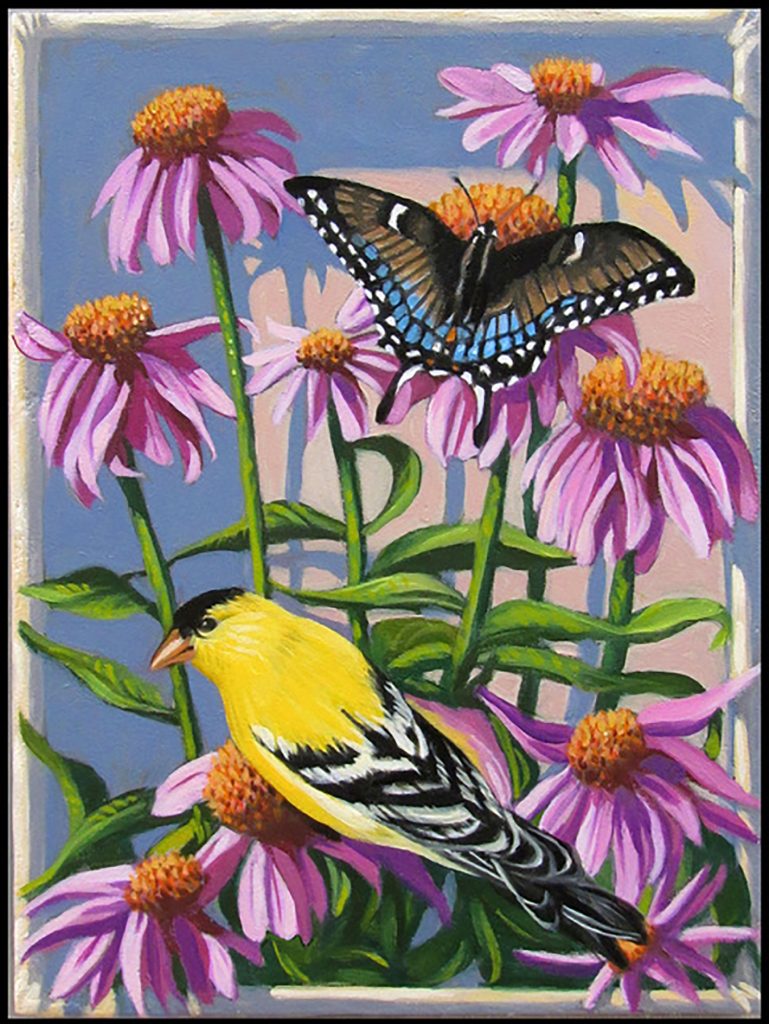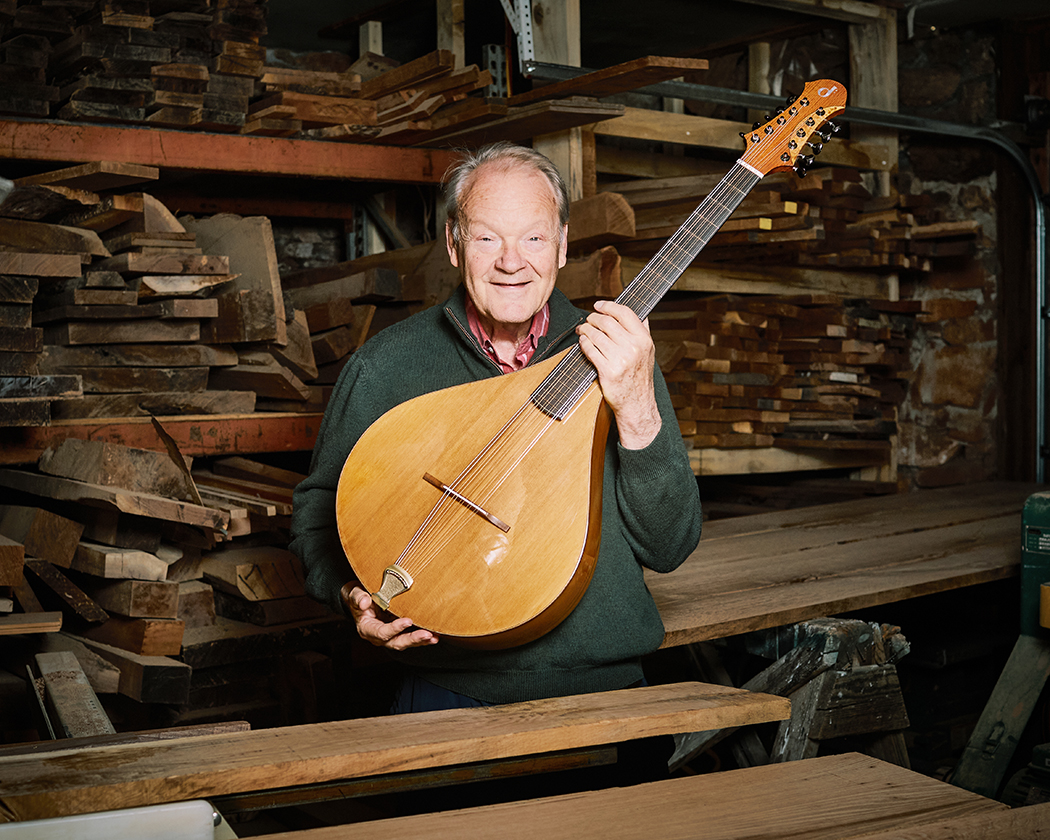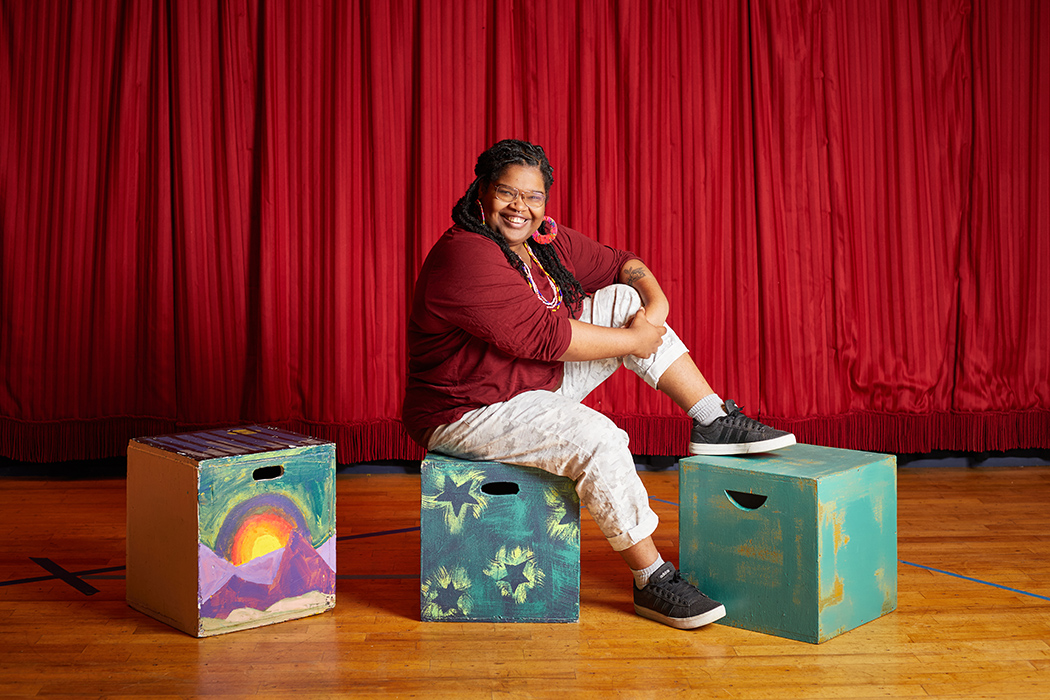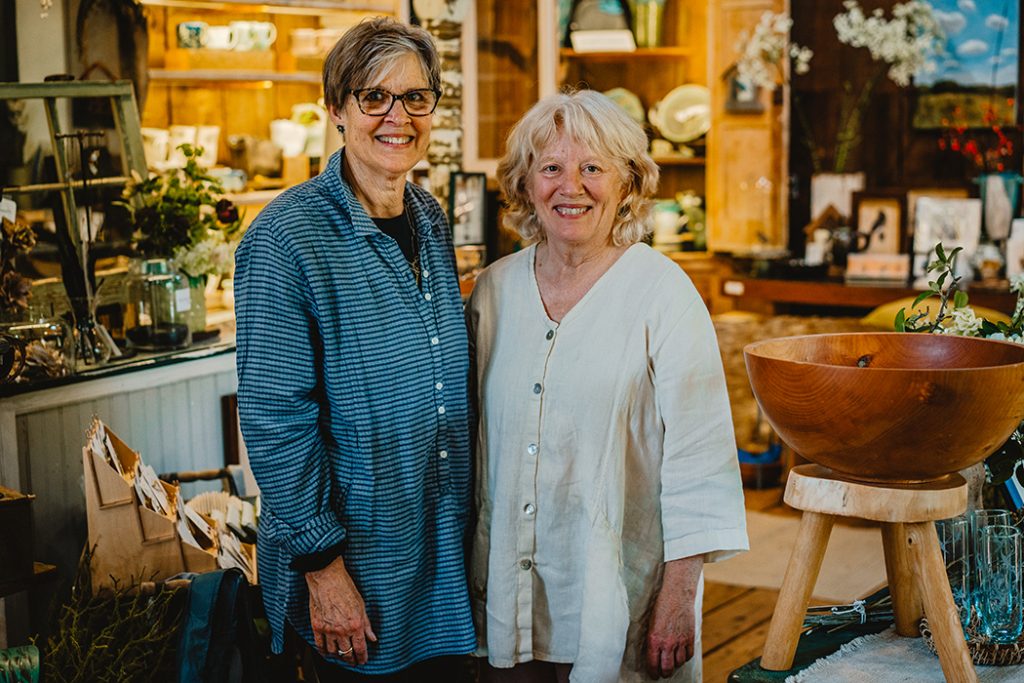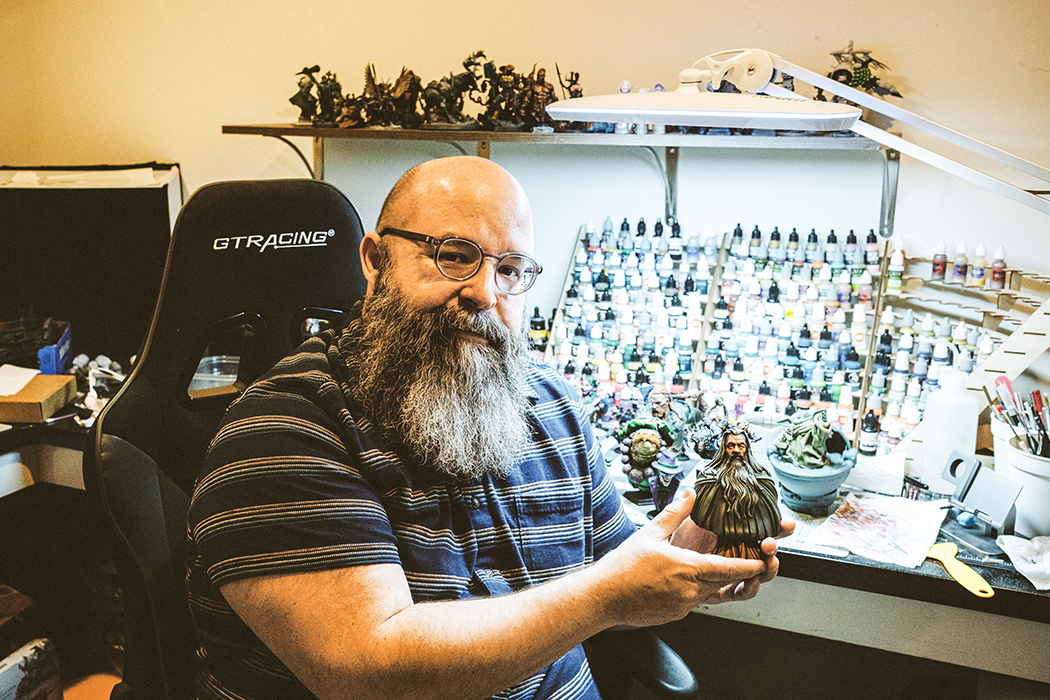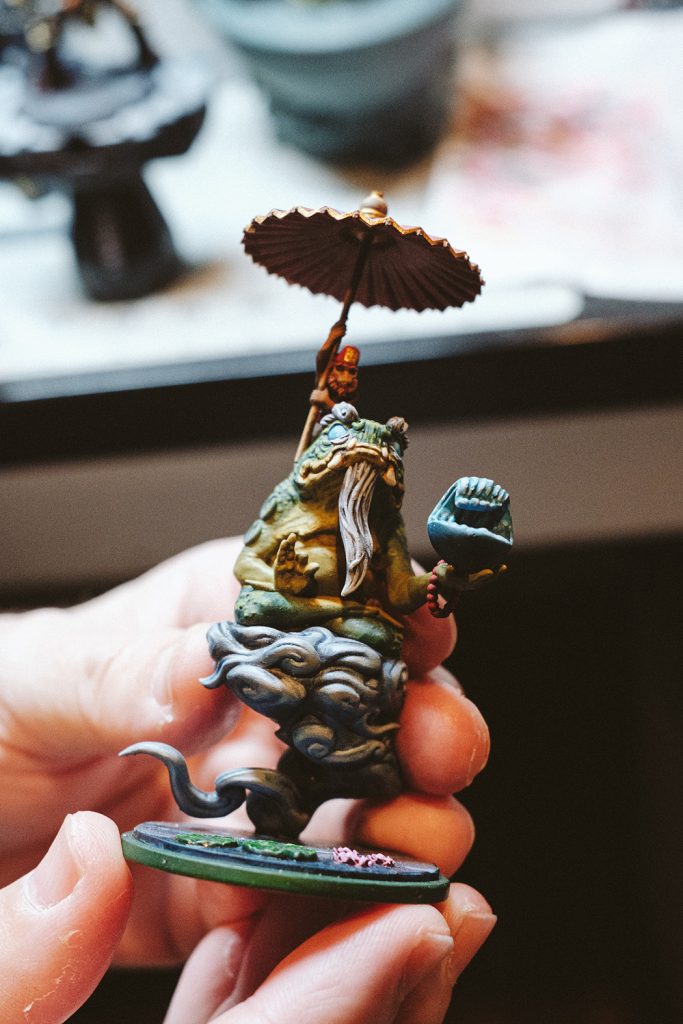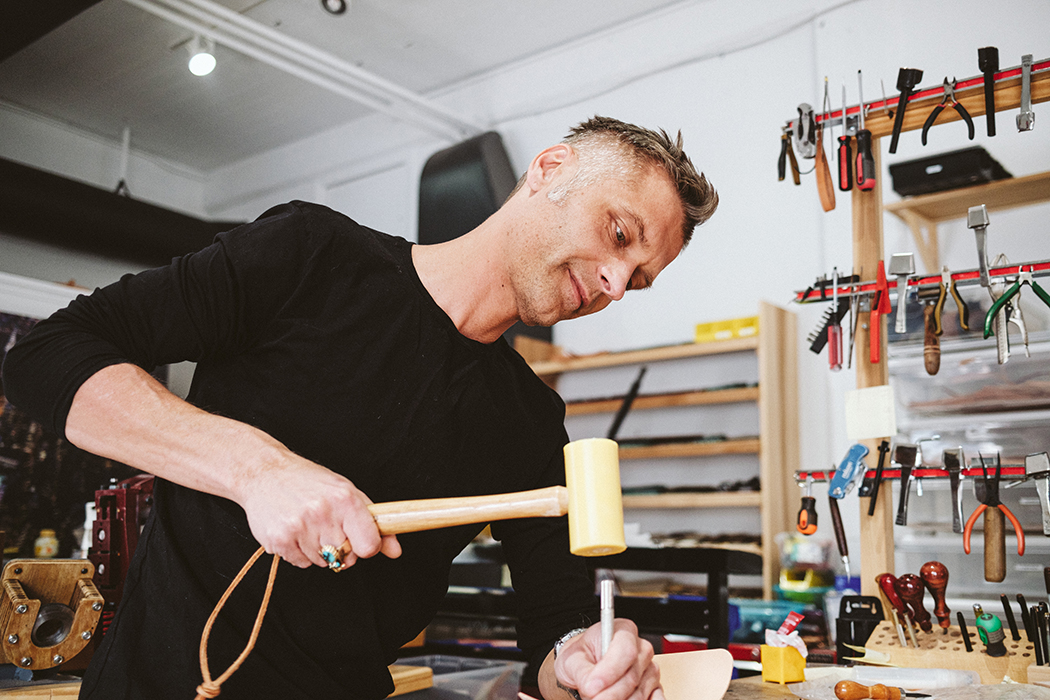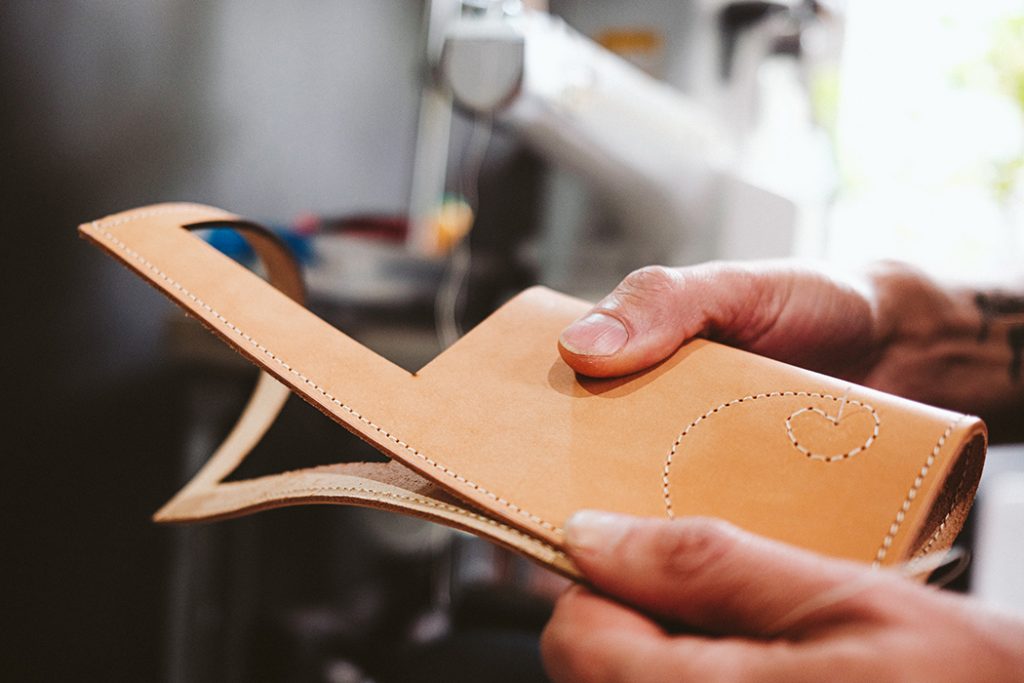With culinary delicacies stretched across white linen in the comfortable outdoor space at Belmont’s Southern Crescent restaurant, giddy gastronomes arriving to the first dinner hosted by Taste of Home in 2018 may not have realized the spread was organized by college undergrads.
One of the University of Virginia’s more than 1,000 student clubs and organizations, Taste of Home is still hosting meals four years after its founding by then-UVA student Mayan Braude. Though the journey hasn’t been without its setbacks.
The club and its rotating cast of 30 or so activist members hosts several annual pop-up dining events around Charlottesville to honor the refugee and immigrant community. So far, Taste of Home has featured feasts by nearly a dozen local chefs and home cooks across 10 dinners, lunches, and takeout services.
“It’s really important to us to kind of create a greater sense of community between the university and the surrounding area, as well as giving voices to different demographics that aren’t really elevated,” says Ella Maufair, a second-year UVA student who serves as one of Taste of Home’s co-coordinators.
Syrian, Afghani, Honduran, Indonesian, Bengali, and Turkish cuisine have all had their place in the spotlight since Taste of Home began hosting meals. Featured chefs have included sisters Jamileh and Khadija Hemmati, who fled hostility in Afghanistan in 2016, and Neta Fitria, who moved to the United States from Indonesia to get married and support her family. The cooks receive all proceeds from Taste of Home meals and consult on planning and pricing to make sure everything’s covered.
“We really do work one-on-one with the partnering chefs all the time,” says Sarah Kim, another club co-coordinator who’s in her fourth year at UVA. “We make sure they approve everything we send out and they approve of the pricing we give the public. Everything we do is for the chef…and we really get to know them as people and as friends. It’s quite humbling.”
After several dinners at locations around town into 2020, Taste of Home was forced to move its pop-ups to spaces on or near Grounds. According to Sarah Kim, another club co-coordinator, the move was driven by accessibility—the pandemic simply closed off many of the organization’s options. Some local restaurants still remain hesitant to host pop-ups.
Taste of Home innovated and expanded its mission during the shutdown, switching to “pick-up dinners” and focusing on refugee advocacy. The group launched the Taste of Home Afghanistan Emergency Relief Fund in 2021. The organization has held other events, including a bake sale, and grown its Instagram presence to help expand its reach.
Co-coordinator Layne Johnson says the organization would like to move its events back into the community next spring, when its coordinators hope to host another dinner at Southern Crescent. According to Johnson, the organization continues to grow, and its new members are inevitably students truly passionate about the mission of helping members of the refugee and immigrant community.
As it expands, the nonprofit is focused on securing grant financing through the university and beyond, and contacting more local refugees and immigrants. Taste of Home has so far developed its connections through local religious and other community organizations and is always looking for folks willing to cook for a crowd.
“The main word that comes to mind when I think about Taste of Home is ‘community,’” Johnson says. “It is about bringing people together. We see so many different faces at these events, and to support these local chefs, it feels great.”
